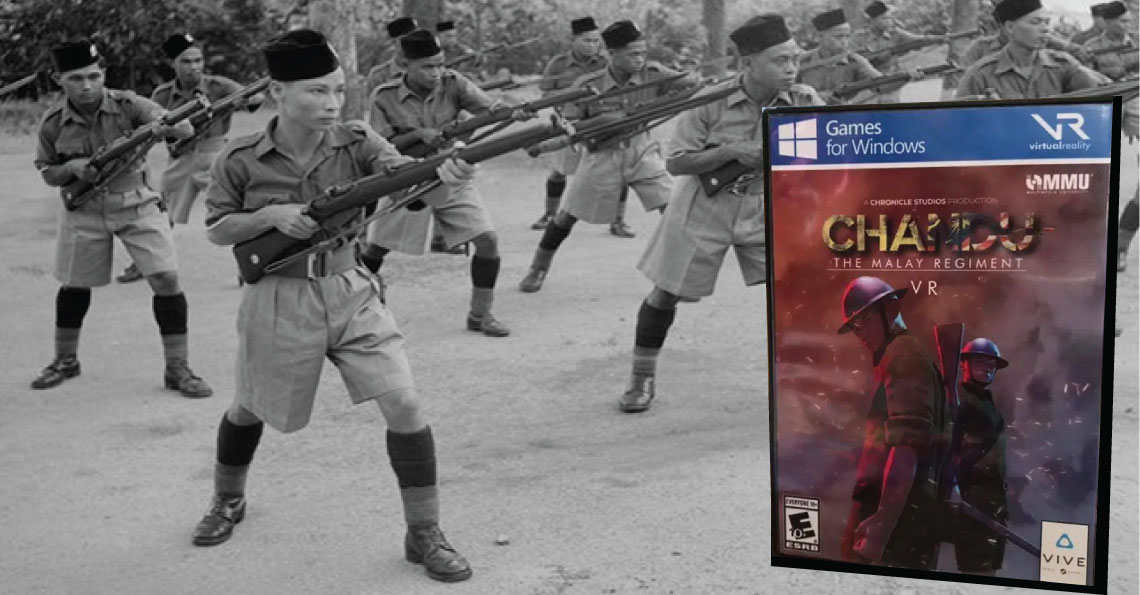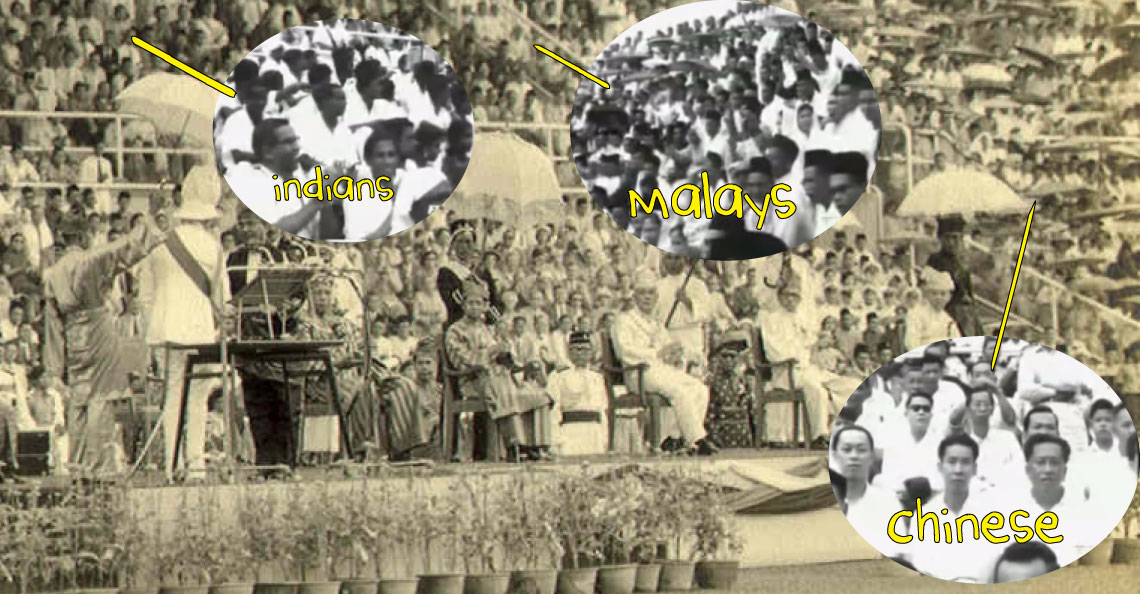Tun Abdul Razak wore a Japanese army uniform during WWII … but why?
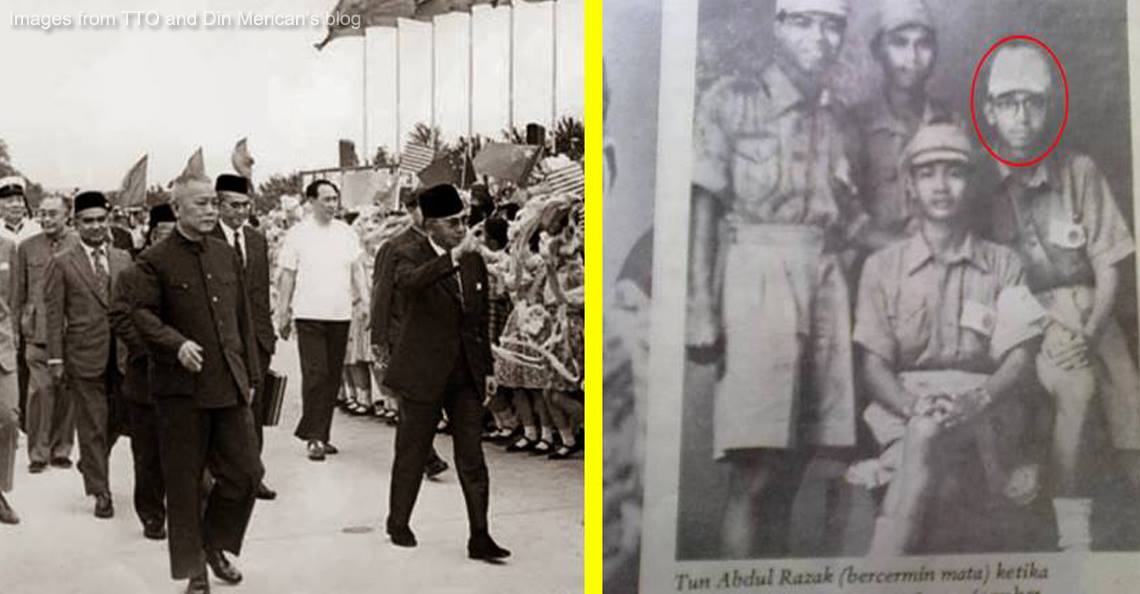
- 944Shares
- Facebook900
- Twitter5
- LinkedIn8
- Email8
- WhatsApp23
PS: If you’d like more stories like this, please subscribe to our HARI INI DALAM SEJARAH Facebook group ?
[This article was initially written by Soscili. Click here to read.]
Recently, the opening ceremony of the Japanese ‘Warrior’ Monument in Alor Setar, Kedah caused quite a stir among Malaysians. It was organized by the Consulate of Japan from Penang, the Malaysian Historical Society (Kedah Branch) and Kedah State Museum. The Kedah government did apologize, and state that the printing company that printed the event banners and information boards mistranslated the information given by the Consulate of Japan.
But the event was seen in a bad light because people felt like there shouldn’t be a memorial to commemorate the previous enemies. Even the Kedah MCA youth put up their own banners as a sign of protest around the memorial.
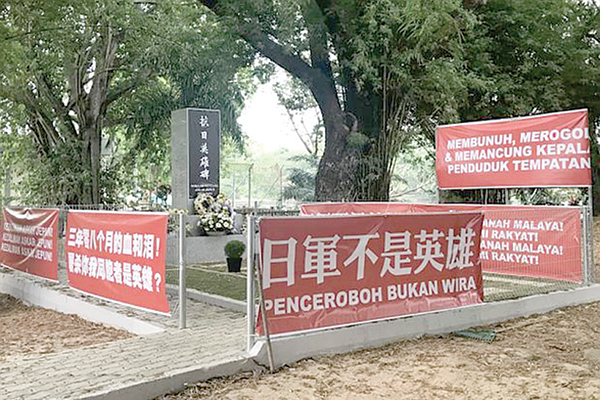
So given the uproar in opinions by many unhappy netizens, our previous PM Najib Razak jumped on the bandwagon and voiced his own opinion on his Facebook page. He had commented on the issue regarding the people that were trying to link Barisan Nasional with the Japanese memorial monument and said that this monument existed since the Japanese times. Then, he tried to tai-chi the spotlight to Pakatan Harapan saying something along the lines of ‘this mix-up shouldn’t be happening’.
But, what surprised us was …
Tun Abdul Razak was involved with the Japanese army … but it’s not what you think
(This segment heavily refers to Faris Jamaludin’s article that’s featured on The Patriots)
For those who have forgotten, Tun Abdul Razak was the father of Najib Razak. This was why people were associating his posts regarding the Japanese monument with Tun Abdul Razak because there’s a picture of him wearing a Japanese army uniform. Did he join the army willingly, or was he forced to join? Here’s the story …

Tun Abdul Razak was allegedly wrongfully accused of joining the Japanese army because he wore a Japanese army uniform (and no, he wasn’t cosplaying). But that was not the case lah because what he apparently did for the country was quite heroic.
Before the war, he served under Malay Administrative Service (MAS) in 1939, which is the basis of the civil service we have today. Because of his involvement in MAS, he was awarded a scholarship to continue his studies at Raffles College (now the National University of Singapore) in 1940 but he was forced to return to Kuantan in 1941 when the war broke out and disrupted his studies.
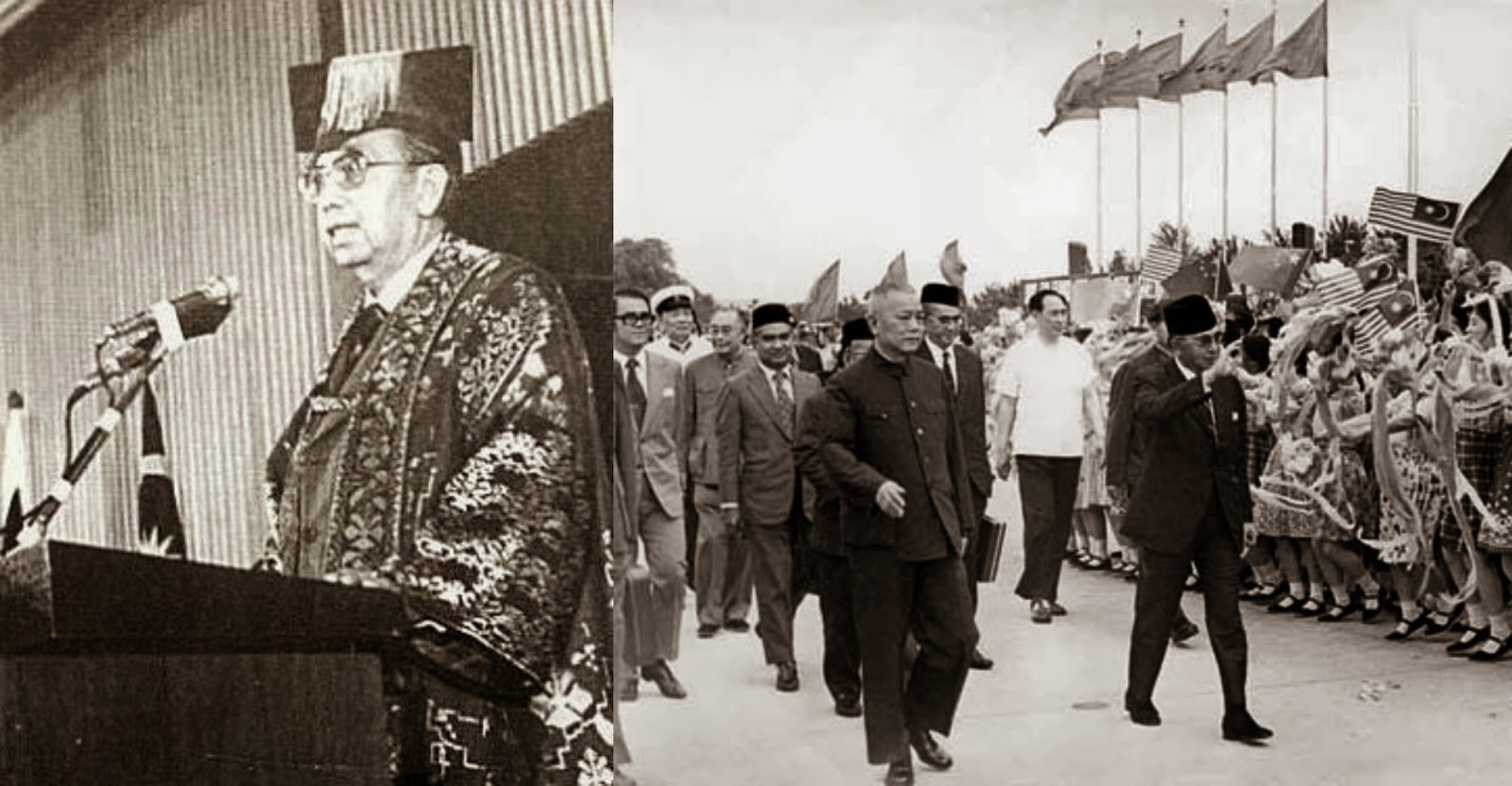
He became an insider and secretly sent information to the volunteer army
When Japan colonized Malaya, they made a decision to call back all the civil servants who had served during the British times. This was done to make things easy for the Japanese when it came to their administrative work, because most of the Japanese soldiers couldn’t speak Malay or understand Malay properly.
The Japanese tried many ways to spread their influence in Malaysia to mould Malaysians into one of them, such as introducing their way of life, culture, and language. One of the policies they introduced was the ‘seishin’ practice. This practice was a rough military training that had to be taken by the civil servants in Malaysia at that time.
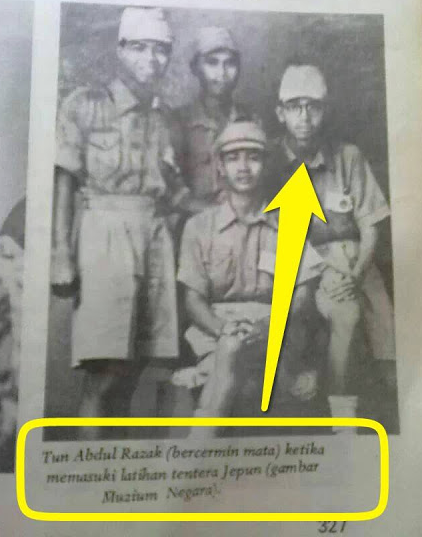
On the other hand, a number of local Malays formed resistance groups and carried out guerrilla warfare against the Japanese. So when the Pahang volunteer army (Pahang Wataniah) was founded to go against the Japanese rule, Tun Abdul Razak was among the first 250 volunteer soldiers to be recruited in Batu Malim, Raub. Since he was working under the Japanese as a civil servant from the start, it gave him the opportunity to go undercover and become a spy. Being involved in the Japanese civil service at that length, gave him the upper hand when he started giving insider information to the Pahang volunteer soldiers.
Passing information to the Pahang volunteer army became easier for Tun Abdul Razak after he was promoted to District Officer. But seeing him rise through the ranks, people probably believed that Tun Razak was a traitor. Many did not know that he was a spy, only Yeop Mahidin, founder of the Pahang volunteer army, and a couple of Pahang volunteer soldiers knew.

The Pahang volunteer army caught the attention of a British intelligence organization
In a time like this, having connections was most important. Tun Razak’s job was to provide information to the Pahang volunteer army which apparently included information on military movements, administrative information, and military intelligence. The knowledge they gained gave them ideas for sabotage and helped plan effective attacks on the Japanese army.
Since the Pahang volunteer army were allegedly very accurate in their attacks, the Japanese started getting suspicious and believed that there was a traitor among them. The Pahang volunteer army were apparently so great that they caught the eyes of a British intelligence organization called Force 136. At the time, they didn’t think much of a Malay army because most of the Malays were pro-Japanese since the Japanese promised independence to win support.
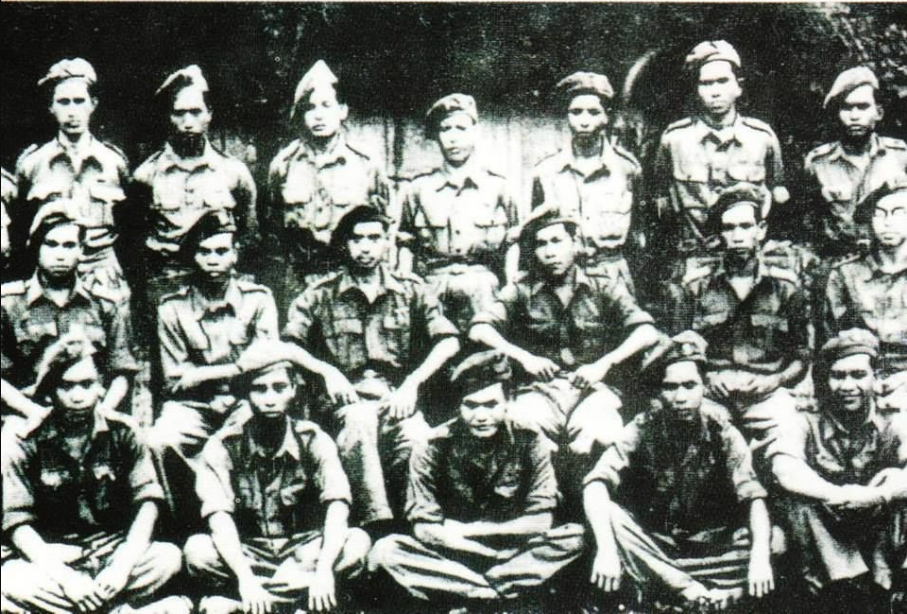
When Force 136 landed in Pahang, the volunteer army met up with them and from then on Force 136 agreed to support the volunteer army. They hoped that the volunteer army would call on them to help when needed, to either sabotage or attack the Japanese.
The highlight of getting insider info was when Yeop Mahidin commanded 20 volunteer youth troops to raid a Japanese military convoy that caused the deaths of 30 to 40 Japanese soldiers and destroyed more than 41 military vehicles. The success of this attack can seemingly be linked to Tun Abdul Razak’s role as an informant.
We aren’t the only country asking people to tear down memorials
Coming back to the Japanese memorial in Kedah, the State Tourism Committee chairman Mohd Asmirul Anuar Aris, voiced his opinion regarding this situation and also apologised to Malaysians on behalf of Kedah History Society but he said …
“The old monument was here for a long time. They only made it look good again. It is history. Whatever had happened, happened.” – Mohd Asmirul, 26 March, Asia One
He also said that if this monument gets teared down then other monuments like the A’ Famosa should be torn down too because even if we don’t remember what the Portuguese did, they still conquered Malaysia like the Japanese.
Here’s the thing, there are other countries that have taken down their historical monuments because of protests. For example, in America, they’ve taken down a number of Confederate monuments because of the dark past associated with them. A similar situation happened in Ukraine where they removed around a 1000 Vladimir Lenin statues after they ousted their pro-Russian president in 2014.

Which means that situations like these aren’t exactly new and there are ongoing discussions on whether its reasonable to take down historical monuments because things like this are still in a grey area. There’s a thin line between honoring history and remembering it, but if we don’t at least remember it, then we might be doomed to repeat it.
PS: If you’d like more stories like this, please subscribe to our HARI INI DALAM SEJARAH Facebook group ?
- 944Shares
- Facebook900
- Twitter5
- LinkedIn8
- Email8
- WhatsApp23

